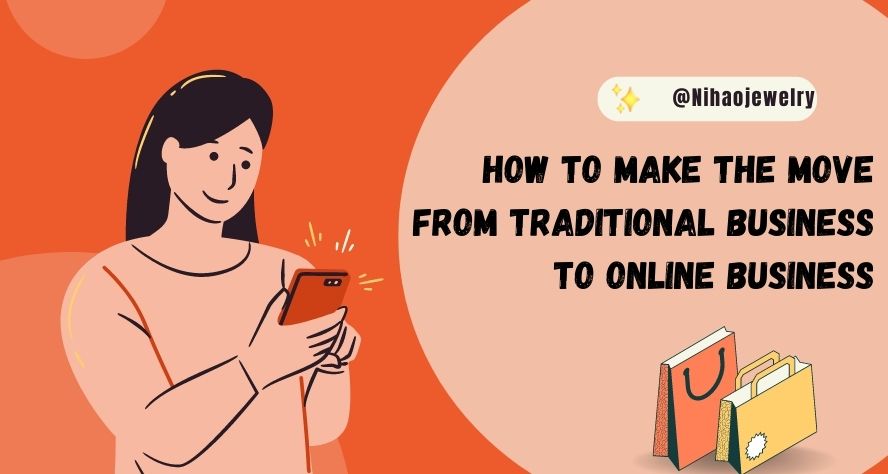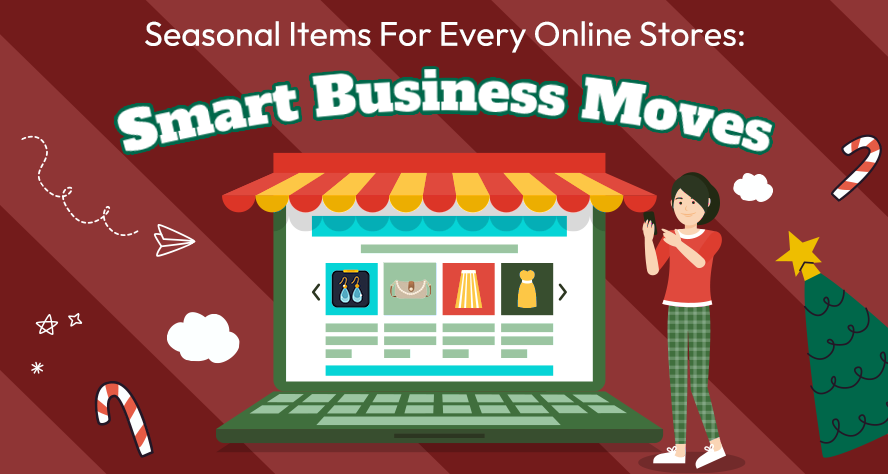
The internet offers businesses of all types plenty of advantages, from greater exposure to the ability to sell goods and services on a global scale. Moving your business online can give you access to these benefits and more, but it also requires careful planning and execution. This guide will help kickstart the journey without losing momentum in your existing business while transitioning into your new online business!
Tips on how to move your business online
1) Know Your Why
For many people, a business shift is precipitated by change – industry or economic. Before you begin your move your business online, evaluate whether it’s really necessary. Will moving online actually help your existing business grow? This is not always easy, but if you can’t answer yes with confidence, then stop. Even though changing times call for changes in how we do things, not every change is a good idea.
The next question to ask yourself before starting this process is, what are my goals? And what are your objectives? Once you know where you want to go and why you must get there- then it becomes easier to execute properly.
2) Do Your Research
You must understand that the needs of an offline business are different than those of an online business. Using templates that have been successful for other industries may be tempting, but they might not translate well to yours. The same goes for marketing strategies and content production. If you need assistance with this research step, contact a web developer who has experience in your specific field. They should be able to provide guidance and create a customized plan for you based on their knowledge of the industry requirements and best practices.
3) Create a website/Choose a selling platform

Building a website or choosing a selling platform is really important because it’s where your potential clients can visit and learn more about you, your products, and your services. It’s also where they’ll go if they need to contact you.
You can sell your products on platforms such as eBay, Amazon, and Mercado Libre, or you can create your e-commerce website to sell. There are pros and cons to both. Working with a big platform allows you to get traffic from the platform, but your store is also limited by the platform. Creating your website is relatively more difficult, but you will have more control.
4) Add content, products, and services

In an online business, your customers have access to all of your information, so you have less work in getting them acquainted with what you offer. This step should be pretty straightforward – just fill out your website with all of the products and services you plan on selling. At a minimum, try including images and videos to better showcase what each item looks like in real life.
Consider doing some SEO (search engine optimization) – which means using keywords throughout your content that users might search for when looking for the products or services you’re offering. This is a great way to increase the visibility of your site and entice visitors to stay and explore. Finally, you must keep your website updated with fresh content. Publishing new articles or blog posts regularly and posting photos of what you’re currently working on is a good way to keep visitors interested in your business.
5) Select Payments

You have a couple of options when it comes time to get paid for your products and services. Some popular traditional payment methods include credit cards and money orders, but there are plenty of new ones, such as Google Wallet, PayPal, or even bitcoin. The important thing is that you choose one that works for you and is fast and secure. If you decide that an online-based service like PayPal would work best for your business, then read over their terms of service thoroughly before signing up.
6) Inform your customers

When your website/online store is almost complete, do everything you can to promote your business. Let your loyal customers know that you are moving your business operations online. You can also use neighborhood apps (such as Nextdoor or local Facebook groups) to possibly find these local customers and share your message to the right audience.
7) Build a referral network
While membership sites will help you build a customer base, your business must appeal to more than just a handful of people. This is where referrals come in. Your existing customers are often your best source for new business, so take advantage of that by creating incentives for them to send clients your way. You can do something simple like offering discounts or free shipping on future purchases for anyone who sends a friend or family member as a client, or you can develop an entire referral program around customer rewards and bonuses.
8) Develop a Refund and Return Strategy
One major concern customers have when buying products online is whether or not they’ll like what they buy and be able to return it if they don’t. While you can’t guarantee that everyone will love your product immediately, you can mitigate your risk by offering generous returns and refund policies. The general rule of thumb is that if you’re not willing to accept returns or issue refunds for 100% of your products, then don’t offer them at all.
9) Connect to social media

If you’re an online business owner, you need to have some kind of presence on social media. This can be anything from a Facebook page that people can ‘like’ and post to a Pinterest board full of images relating to your product or even a Twitter feed where customers can submit questions and get answers right away. The key is being accessible and easy for people to find when they want information about your products or services.
The Bottom Line:
In a nutshell, these nine steps should give you a good idea of how to move your business online successfully. By following these tips, you should be able to use technology and innovation to make your small business grow while still keeping it personalized enough for each individual customer.
The rise of e-commerce has made it inevitable to move your business from offline to online. If you’re thinking about it, follow Nihaojewelry and read our articles for more eCommerce tips.





